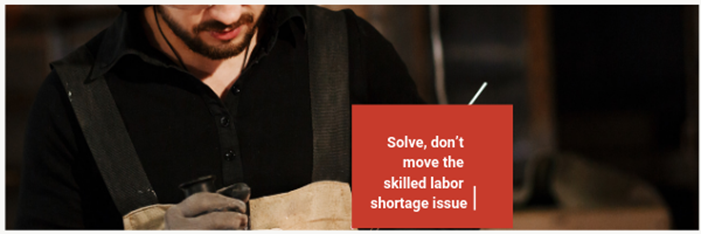5 Ways To Solve The Skilled Labor Issue Through Better Product Design
1. Solve, don’t move the skilled labor shortage issue.
The shortage of labor in general, especially skilled trades, is all over the trade and consumer news when it comes to residential construction. Some groups are focused on high schools and getting American youth to take up vocational trades, some firms are taking construction off-site to the safe confines of a factory, while others are taking a more direct route and looking at ways to reduce the labor needed for construction. While many of the efforts are noble and well-intended, today’s home builder needs a solution that works now, at any type of build site, which doesn’t require a significant change to the home building process. The onus is on manufacturers to design products that don’t disrupt the building process and indeed eliminate or severely reduce the need for skilled trades to install. At the top of the list are areas of construction that require extensive field customization, are made of lots of individual parts, or are easily disrupted by weather delays.

2. Create multi-functional products to replace systems.
A truly innovative product should replace 2-5 functions that were previously done by multiple layers or separate components. An early example of this type of innovation was prefinished hardwood flooring, which eliminated the need to sort through raw oak floorboards, sanding the installed planks, and then staining them. Some can argue about the final product, but the success of this category is undeniable. Several manufacturers are working on exterior cladding solutions, and some progress has been made with products like Versetta Stone, StoneFacade and Panelized Stone, but the full exterior solution still eludes the industry.

3. Eliminate the need for tribal knowledge.
Unfortunately, building practices vary significantly across markets and more often than not, the explanation for an install process merely is “that’s just the way we’ve always done it around here.” Finding skilled workers is a challenge unto itself, never mind trying to find someone who understands the particular nuances of a trade in a specific region. The double challenge can be very frustrating to construction managers who spend so much time finding skilled workers in general only to find out they don't know the details that only come direct experience in that trade. Someone can be an experienced plumber in Houston but transfer them to Baton Rouge, and that can mean another learning curve. Many times, this can be a critical but undocumented step in the build process and relies on the knowledge of a few skilled craftsmen who know how to work with certain materials and products to avoid performance issues. Products need to be designed that are simpler to install and allow for the normal wear, tear, and movements of typical homes.

4. Keep it simple and don't be stupid.
On today’s job sites, there are still many “systems,” which is code for multiple parts that must be put together in a particular order and fashion for the whole to work correctly. Good product design eliminates the need for and does this/then decisions to make along the install process. Simplicity is the hallmark of true intelligent design, and done right leads to better product performance. Installing shingles on a complex roof system and keeping brick walls plumb is easier said than done with traditional roofing and siding products. While it may be entertaining to design a complex system with lots of bells and whistles, this usually amounts to unnecessary frustration, time and cost on the job site. With today's young people, many expect the product to be self-explanatory or least be supported by an online video that can explain installation in under 2 minutes. Construction jobs are like any other job where simplification leads to increased productivity, lowered costs and more often than not happier employees due to less frustration.

5. Account for reality on the job site.
Job sites can be dirty, wet, and a battleground for building materials. Products need to be designed so that they don’t break easily if held the wrong way or get dropped a couple of feet. Weight, size, and everyday durability can all be designed into a product to avoid the dangers of the normal job site.
To see how we are addressing intelligent design in cladding products to solve the skilled labor shortage of masons in the brick and stone market, check out the technology section of our website.

----------------
ABOUT THE AUTHOR
For over 20 years, Ben has been engaged in the siding industry with a focus on commercializing new products and developing new markets. His experience includes Universal Forest Products, CertainTeed and LP Building Products where he was a key player in executing the growth strategy behind LP SmartSide. At Arcitell, he is commercializing a new technology into the North American market called Qora Cladding.

